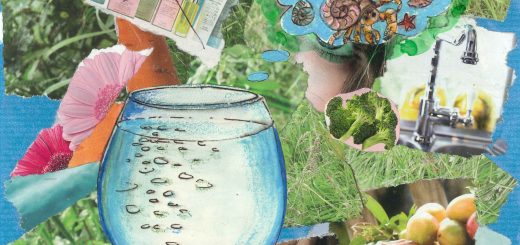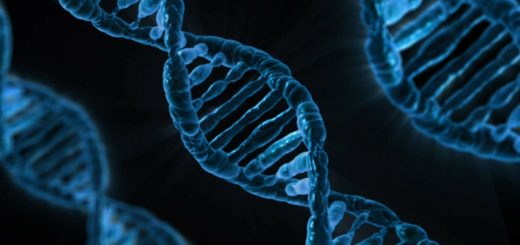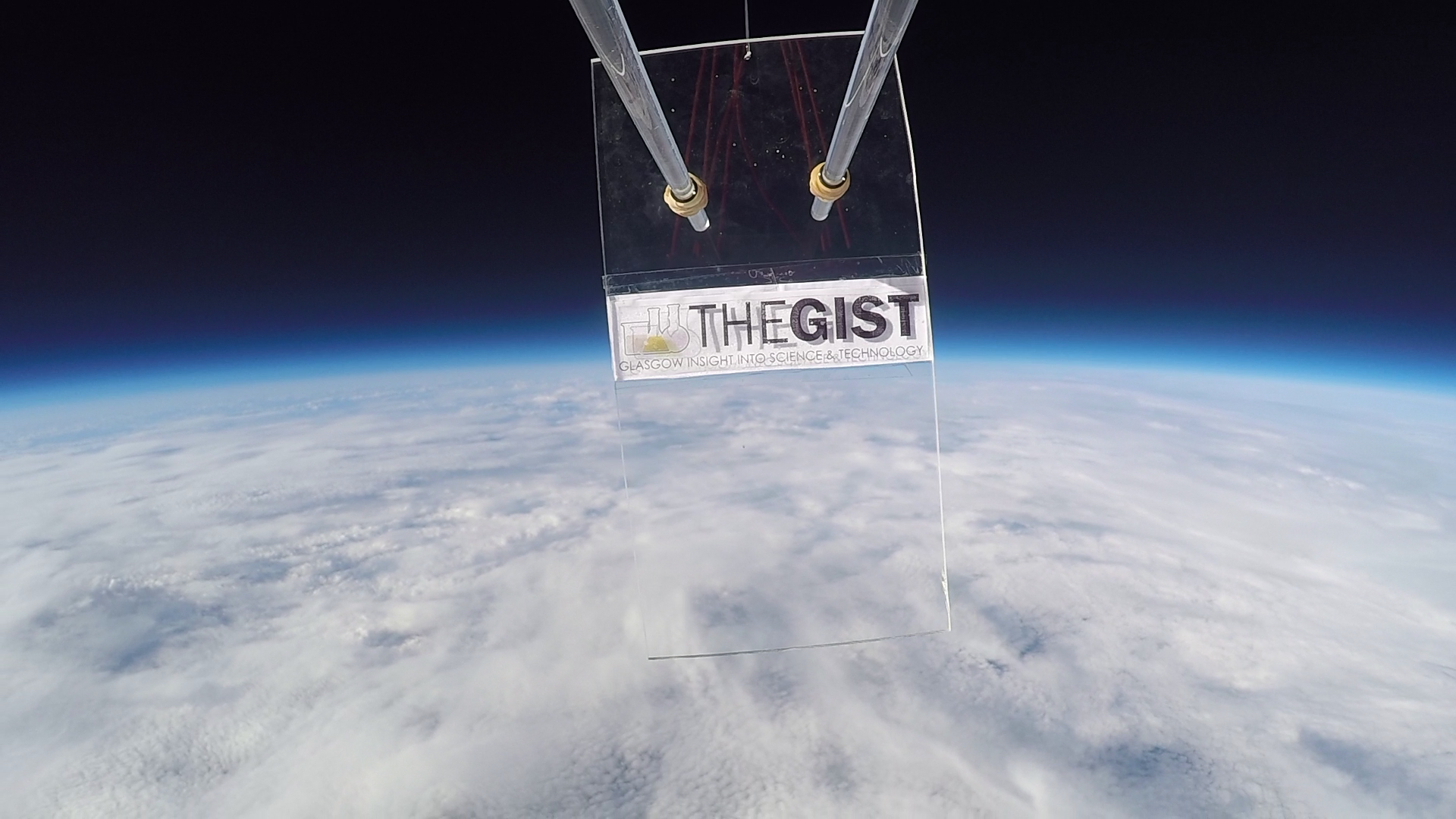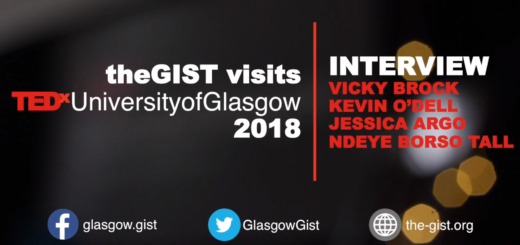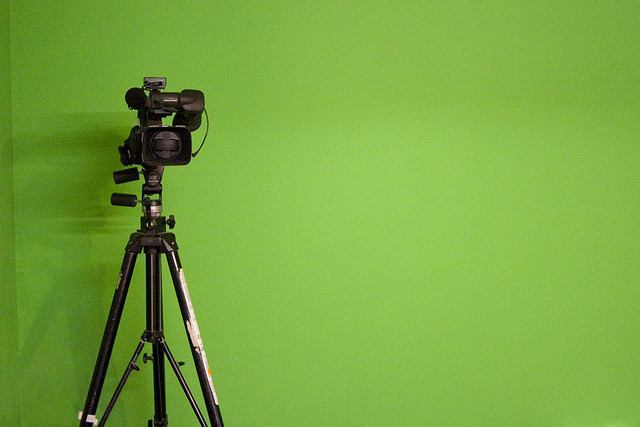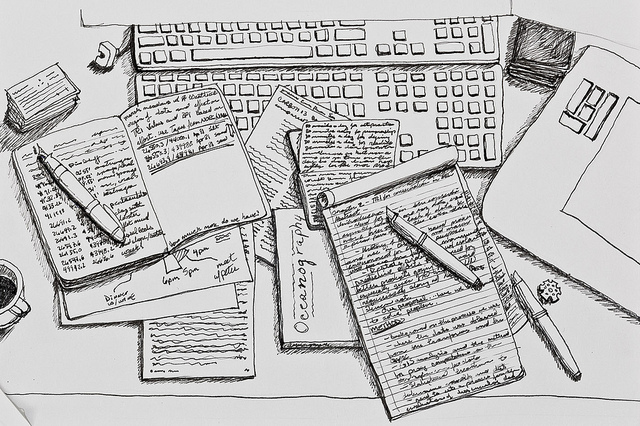DNA origami: folding the future of biomedicine
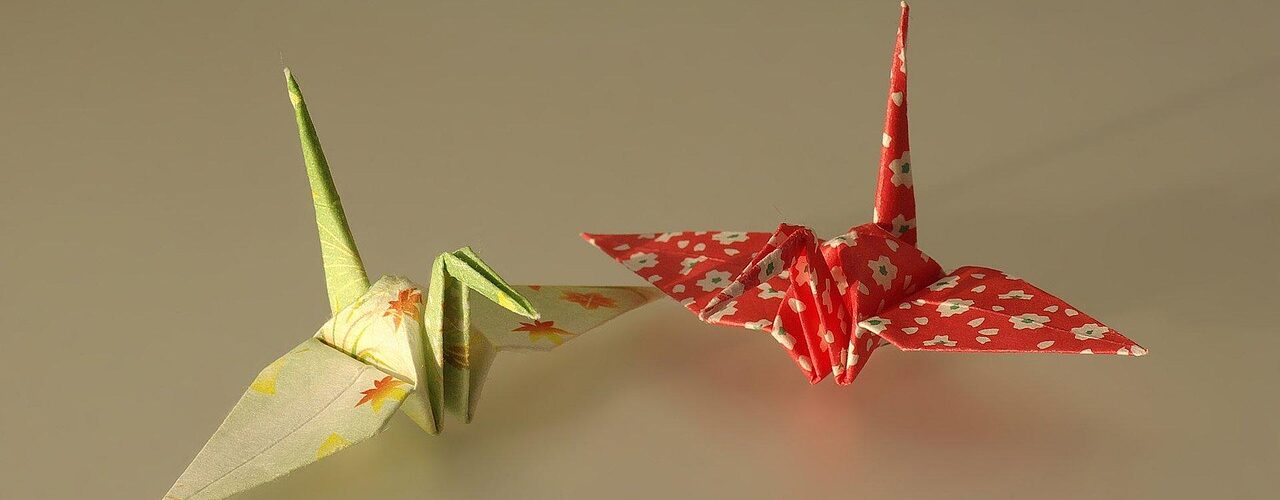
Of the crane, folded from paper and dreams, was said, “I will write peace on your wings, and you will fly all over the world” (Sadako Sasaki). Maybe one day, of the DNA origami structure, folded from nucleotides and life, will be said, “I will write hope in your bases, and you will travel through all the cells of the body.”
DNA has traditionally been celebrated as the genetic material, the code for life written in the bases adenine, cytosine, thymine and guanine; pairing to transform two DNA strands into the perfect double helix. But just as words written on a piece of paper can be folded into a crane, DNA can be crafted into innovative nanostructures to carry out a variety of tasks, from drug delivery to diagnostics[1].
Just like origami uses nothing but paper to create various forms, DNA nanotechnology usually uses purely DNA for self-assembly of new structures[2]. A long, single stranded piece of DNA serves as a scaffold, which is secured into place by smaller single stranded DNA ‘staples’. To prove this method, scientists have created some intriguing molecular-scale DNA art, including the world’s smallest Mona Lisa, painted entirely from DNA, visible only by atomic force microscopy[3].
However, since the Louvre is probably not ready for the molecular biology revolution of art, more practical uses of DNA origami have been investigated. DNA nanostructures have been designed for use as biosensors1. For example, a synthetic piece of DNA may fold into a specific shape when it binds to a molecule released from a pathogen, which can then be detected to diagnose an infection[4]. DNA lattices can also serve as scaffolds to potentially regenerate damaged tissue, and monitoring changes in a DNA nanostructure when it binds a protein can shed light on that protein’s structure1.
The most exciting piece of origami may, however, be cancer-fighting nanorobots, made entirely of DNA[5]. These are barrel shaped DNA packages, filled with drugs able to kill cancer cells. The bots have two DNA locks, that will only open when they find their keys – certain proteins found only on the surface of cancer cells[6]. In studies on leukaemia cell lines, these bots successfully released their drug only to cancer cells, avoiding harm to healthy ones. Although not approved for clinical use yet, several other ‘lock and key’ drug delivery systems have been developed, including DNA boxes opening in response to light, pH or even caffeine4.
DNA origami is proof that science thrives through creativity and can be an art form itself. Like the origami crane, DNA nanotechnology may yet fly the world, spreading the delight of science and hope in the fight against diseases like cancer.
[1] https://wyss.harvard.edu/technology/dna-nanotechnology-tools-from-design-to-applications/
[2] https://www.chem.ox.ac.uk/article/dna-origami
[3] https://www.genengnews.com/topics/omics/dna-origami-creates-the-worlds-smallest-mona-lisa/
[4] https://xlink.rsc.org/?DOI=D3NA00692A
[5] https://www.bbc.co.uk/news/science-environment-17058066
[6] A Logic-Gated Nanorobot for Targeted Transport of Molecular Payloads | Science
Edited by Grace Wylie
Copyedited by Bavishya Tata

